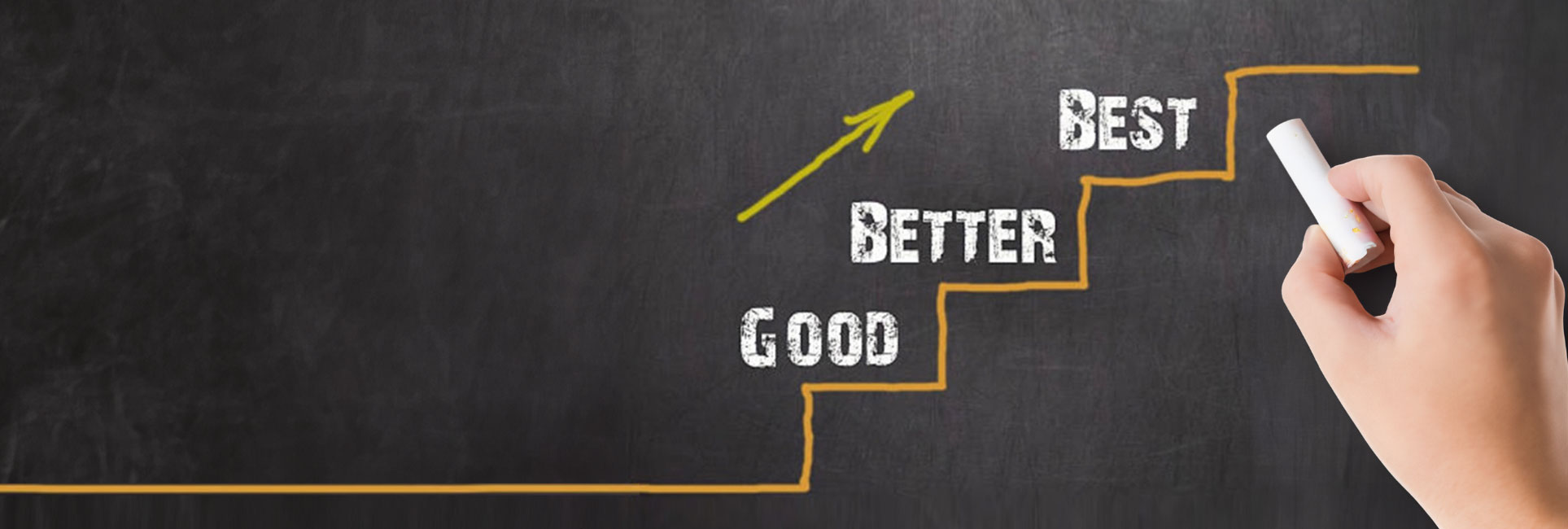|
Frequently Asked Questions
-
What are the four types of data analytics and how do they help with course optimization?
|
The four types of data analytics that faculty can leverage to help with course optimization
are descriptive analytics, diagnostic analytics, predictive analytics, and prescriptive
analytics.
- Descriptive Analytics: This type of analytics helps in understanding what has happened in the past. In the context of course optimization, it can be used to track student engagement, completion rates, and overall performance, providing insights into the current state of the course.
- Diagnostic Analytics: Diagnostic analytics is used to determine why something has happened. In the context of course optimization, it can help identify the reasons behind student success or failure, such as pinpointing specific challenges or learning gaps within the course.
- Predictive Analytics: Predictive analytics forecasts what is likely to happen in the future. In the context of course optimization, it can be used to anticipate student performance and identify at-risk students, allowing for early intervention and targeted support.
- Prescriptive Analytics: This type of analytics provides recommendations on what actions to take. In the context of course optimization, it can suggest specific interventions or changes to the course design based on the insights from descriptive, diagnostic, and predictive analytics, ultimately guiding the optimization process.
|
-
When should I reflect on learning analytics and work to optimize my course?
Typically, this process occurs after the course has ended. Faculty taking on the role
of a learning scientist will review the learning analytics data at the end of the
semester to identify trends in the data and potential issues. A learning scientist
has curiosity about the effectiveness of the course, causing them to review and reflect
on the data and student feedback. Based on their curiosity about the course data and
their reflection on the data, a problem with the course materials or facilitation
strategies may emerge. Faculty as learning scientists reflect on the data considering
what went well, what went wrong, how to identify the root problem, and how to fix
any issues from a pragmatic standpoint. |
-
What are some examples of learning analytics that can help decide whether to revise
a course?
- Student Engagement Data: Analyzing data on how students interact with course materials and activities can help identify areas where student engagement is high or low, informing revisions to improve engagement.
- Assessment and Performance Data: Examining student performance data from assessments, quizzes, and assignments can highlight areas where students are struggling, guiding revisions to course content, assessments, or teaching methods.
- Learner Progress Data: Tracking students' progress through the course can reveal potential roadblocks or areas where students are progressing well, allowing for targeted revisions to improve the learning experience.
- Feedback and Interaction Data: Analyzing data on student-instructor and student-student interactions, as well as
feedback, can provide insights into the effectiveness of communication and support
mechanisms within the course, guiding revisions to enhance these aspects.
|
-
What dashboards in the uHoo Analytics platform at KSU can help identify student performance, content, or alignment challenges?
The uHoo analytics platform at Kennesaw State University offers several dashboards that can help identify student performance, content, or alignment challenges, including:
- Student Analysis Dashboard: This dashboard provides a closer look at data for individual students, allowing educators to track and analyze the performance of each student.
- Course Analysis Dashboard: This dashboard offers an overview of the course in general, enabling educators to assess the overall student performance and identify areas for improvement at the course level.
- Assignment and Quiz Analysis Dashboard: This dashboard offers insights into the overall class performance in assignments and
quizzes, as well as the performance of individual students. It provides data on the
quality of assignments and assessments, helping instructors to identify areas for
improvement and support student success.
|
-
Which uHoo Analytics data points can help identify student performance, content, or alignment challenges?
The following data points are available as visualizations within the uHoo Analytics
dashboards to support various challenges:
- Student Challenge – grades, attendance, course logins
- Content Challenge – grades, submodule and topic visits
- Alignment Challenge – grades, assignment analysis, quiz analysis
By utilizing uHoo Analytics, faculty as learning scientists can gain valuable insights
into student performance, engagement, and other relevant data, which can inform decision-making
and support course optimization efforts. |
-
How can learning analytics be used to personalize course content in an online course?
Learning analytics can be used to personalize course content by leveraging data-driven insights to tailor the learning experience for each student. Some examples of how learning analytics can achieve this include:
- Identifying Learning Gaps: By analyzing individual student data, educators can identify learning gaps and customize course content to address specific areas where students may be struggling.
- Individualized Feedback: Learning analytics can provide specific, timely, and actionable feedback based on factors such as learner performance, behavior, and feedback, supporting students in their learning process and helping them overcome obstacles.
- Tracking Progress and Performance: Faculty can use learning analytics to track students' progress and performance, identify
their strengths and weaknesses, and adjust course content and activities to suit their
individual needs and preferences.
By utilizing learning analytics in these ways, faculty can create more personalized
and effective learning experiences for students, ultimately enhancing engagement,
motivation, and learning outcomes.
|
-
|
Communications, N. W. (n.d.). Learning Analytics Case Studies. Www.nyu.edu.
Descriptive, Predictive, Prescriptive, and Diagnostic Analytics: A Quick Guide | Sigma
Computing | Sigma Computing. (n.d.). Www.sigmacomputing.com. https://www.sigmacomputing.com/blog/descriptive-predictive-prescriptive-and-diagnostic-analytics-a-quick-guide
Documenting Student Success with uHoo. (n.d.). Genially. Retrieved December 18, 2023, from https://view.genial.ly/65285484bba50d001002dc0e/presentation-documenting-student-success-with-uhoo
Evanick, J. (2023, May 22). Transforming Education with Learning Analytics. https://evolllution.com/programming/teaching-and-learning/transforming-education-with-learning-analytics
How can you personalize the learning experience for each student with learning analytics?
(n.d.). Www.linkedin.com. Retrieved December 18, 2023, from https://www.linkedin.com/advice/0/how-can-you-personalize-learning-experience-each-student
Kachchi, V., & Kothiya, Y. (2021, August 2). 4 Type of Data Analytics Every Analyst Should Know-Descriptive, Diagnostic, Predictive…. Medium. https://medium.com/co-learning-lounge/types-of-data-analytics-descriptive-diagnostic-predictive-prescriptive-922654ce8f8f
Martin, F., & Ndoye, A. (2016). Using Learning Analytics to Assess Student Learning
in Online Courses. Journal of University Teaching & Learning Practice, 13(3). https://files.eric.ed.gov/fulltext/EJ1110545.pdf
Neelakandan, N. (2023, August 25). The Importance Of Learning Analytics To Improve
The Quality Of eLearning. ELearning Industry.
https://elearningindustry.com/importance-of-learning-analytics-in-elearning
Perplexity AI. (n.d.). www.perplexity.ai. http://perplexity.ai
Phillips, T., Lachheb, A., Sankaranarayanan, R., & Abramenka-Lachheb, V. (2021). Learning Analytics as a Tool for Improvement and Reflection on Instructional Design Practices. A Practitioner’s Guide to Instructional Design in Higher Education. https://edtechbooks.org/id_highered/learning_analytics_aG
uHoo Analytics at KSU. (n.d.). Cia.kennesaw.edu. https://www.kennesaw.edu/curriculum-instruction-assessment/digital-learning-innovations/faculty-development/uhoo-analytics/index.phpYan, H., Lin, F., & Kinshuk. (2020). Including Learning Analytics in the Loop of Self-Paced Online Course Learning Design. International Journal of Artificial Intelligence in Education, 31(4), 878–895. https://doi.org/10.1007/s40593-020-00225-z
|
|




















